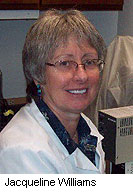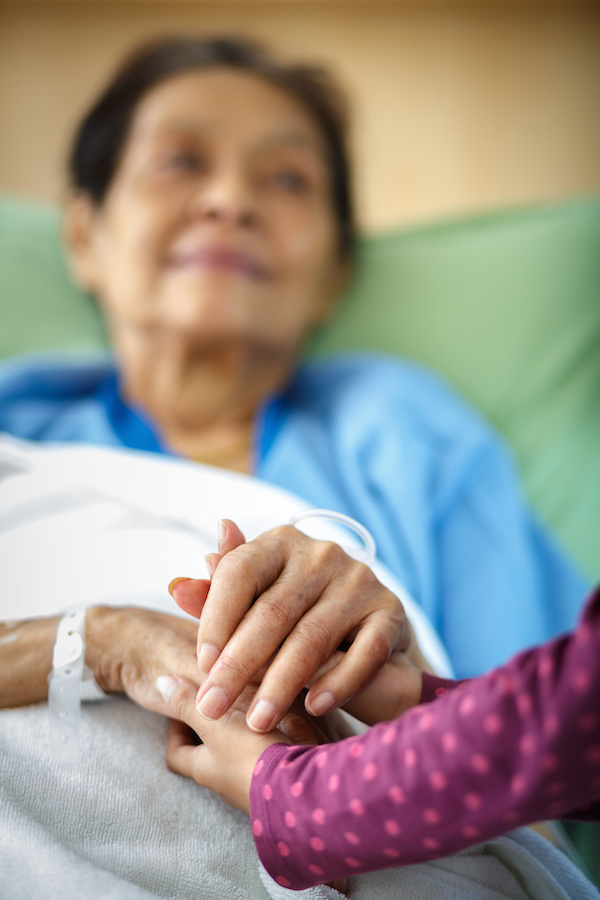
SUNDAY, March 13 (HealthDay News) — The crisis at earthquake-ravaged Japan’s Fukushima Dai-ichi nuclear complex continued to worsen Sunday, as government officials acknowledged the threat of multiple meltdowns at the site’s three reactors, and more than 200,000 people were evacuated from the area to avoid radiation contamination, according to news reports.
It was likely that a partial meltdown was already occurring at one of the reactors, a top government official acknowledged, and workers at the plant were struggling to keep temperatures down at the other two reactors, the Associated Press reported.
Chief Cabinet Secretary Yukio Edano said Sunday that it was possible a hydrogen explosion could occur at one of the nuclear complex’s reactors — the reactor that could be melting down. On Saturday, an explosion occurred at the site’s so-called Unit 1, as operators tried to prevent a meltdown by flooding it with sea water, the AP said.
A “meltdown” isn’t a technical term, but instead a layman’s description of a serious collapse of a power plant’s systems and ability to control temperatures, the news service reported.
“At the risk of raising further public concern, we cannot rule out the possibility of an explosion,” Edano said. “If there is an explosion, however, there would be no significant impact on human health.”
Although more than 200,000 people had been evacuated from the area as a precaution, Edano said the radioactivity released into the environment so far was small and didn’t pose any health threats, the AP said.
A complete meltdown could release uranium and dangerous contaminants into the environment and pose major, widespread health risks, the news service said.
Almost any increase in released radiation can raise long-term cancer rates, and authorities were planning to distribute iodine to residents in the area, according to the International Atomic Energy Agency. Iodine counteracts the effects of radiation, the AP said.
As many as 160 people, including 60 elderly patients and medical staff who had been waiting for evacuation in the nearby town of Futabe, and 100 others evacuating by bus, might have been exposed to radiation, said Ryo Miyake, a spokesman for Japan’s nuclear agency. The extent of their exposure — or whether it had reached dangerous levels — was not clear. They were being taken to hospitals, the AP said.
On Saturday, an explosion destroyed the exterior walls of the building that enveloped one of the site’s reactors, but not the actual metal housing encasing the reactor, Edano, the government spokesman said, the AP reported.
The nuclear plant was damaged by Friday’s devastating earthquake and tsunami that pounded Japan’s northeastern coast. At least 1,800 people were killed and hundreds were missing, according to government officials. But police in one of the hardest-hit areas said the death toll there alone could eventually top 10,000, the AP reported.
Radiation expert Jacqueline Williams, a research professor in the department of radiation oncology at the University of Rochester in New York, said depending on the type of explosion at the reactor site, there could be a radiation risk to those at the plant.
“Anybody who is going in will be exposed to radiation — and it will be whole-body,” she said. “That’s where you can get a lot of injuries to emergency personnel and maintenance personnel, depending on the degree of protection they go in with,” she added.
High levels of radiation can be lethal because “radiation disrupts your cells and you die,” she said.
The danger to people outside the immediate area could come from inhaling radioactive particles, Williams said. The type of radiation released into the air depends on the type of fuel used at a plant, she added.
Often the big components of released radiation are radioactive iodine and radioactive cesium, Williams said.
Breathing in or eating food contaminated with radioactive iodine can cause thyroid cancer. Food can become contaminated as the radioactive dust settles on crops and even grass that cows or other animals eat, she explained.
Radioactive cesium can cause more damage long-term, including cancer and lung problems, Williams said.
How far the radioactivity might spread would depend on weather conditions such as wind and rain, Williams said. These factors also need to be taken into account when deciding how far to move people from potential danger.
“The best protection from radiation is to get inside,” she said. “Get something between you and the radiation.”
In addition, all food should be washed and people should avoid any contaminated milk and meat. Radiation can also affect the water supply, Williams said.
“If it affects the water supply, then you are in more serious trouble,” she said.
In Tokyo late Saturday afternoon, word of the explosion prompted people to hoard supplies of bottled water, the Washington Post reported.
“I saw a chain letter e-mail from my friend telling about the explosion in Fukushima,” said one shopper who, as is the custom, wanted only to give his first name, Masahito. “Right now they’re saying it’s a nuclear accident. I have been trying to buy enough water for one week, just in case, but I can’t find it anywhere. I’ve already been to four places, including a supermarket.”
Williams noted that Japan relies on nuclear power for much of its energy needs, since it has no natural power resources. “But they are in an earthquake-prone area, and they have nuclear power stations where they shouldn’t be,” she said.
More information
For more on the health risks of nuclear radiation, visit the University of Pittsburgh.

